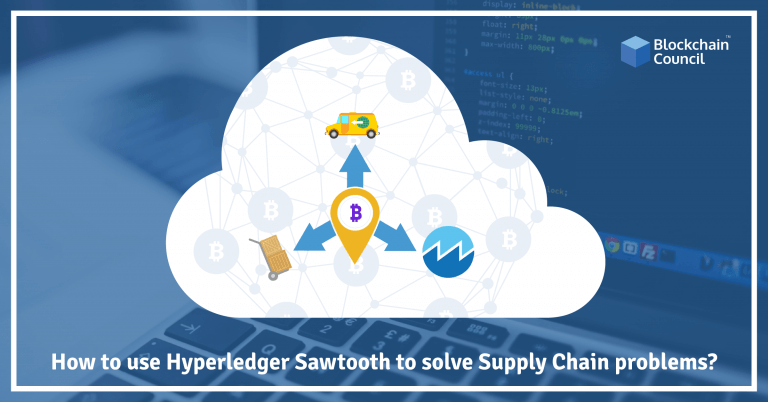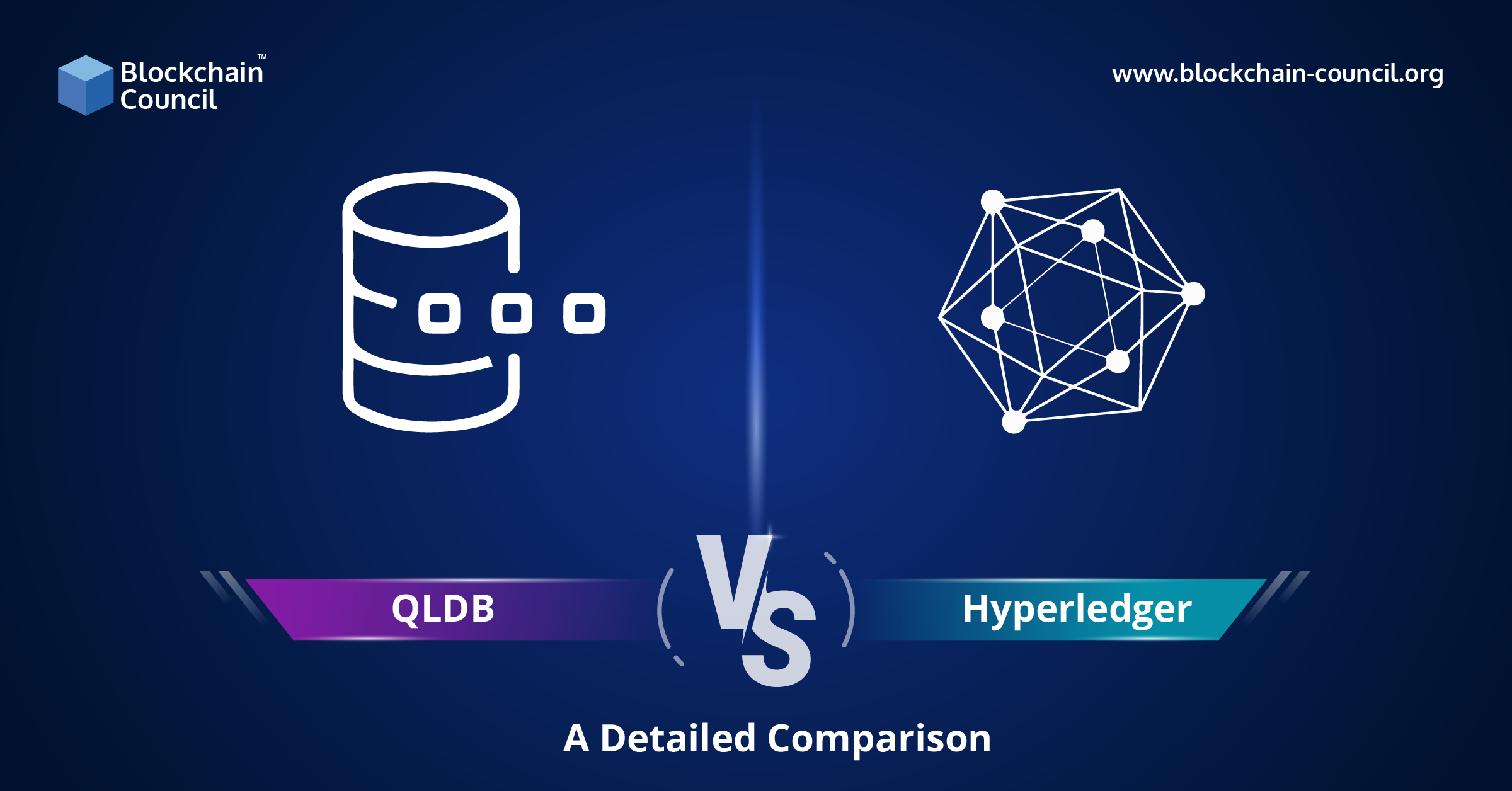
- Toshendra Kumar Sharma
- May 27, 2019
Introduction
The two significant breakthroughs the world has witnessed since the invention of computers are the internet and blockchain technology. Though supply chains and their management has transformed, businesses are yet to update the underlying technology for managing them. This is where blockchain comes into the picture. It helps companies rebuild their approach towards supply chain management from the ecosystem level and aids in gaining an integrated global view. Blockchain makes it possible for business partners to share and agree upon key pieces of information.
What is the supply chain?
A supply chain represents the numerous steps involved in taking the product from its original state to the customer. It refers to a network between a company and its suppliers to produce and distribute specific products to final buyers. The elements of a supply chain include all functions right from receiving orders and until meeting customer requests. These comprise of functions such as operations, finance, distribution, marketing, customer service, and product development. Supply Chain Management (SCM) is a vital element of a business process. When done effectively, it helps lower the overall costs of an enterprise and boost profitability.
Major challenges faced by the supply chain industry are:
- Need for business process improvement.
- Transparency demanded by customers.
- Ensuring quality and compliance.
- Need for better data management and integration.
Some of the general benefits of blockchains to supply chains are:
- Enhanced procurement visibility.
- Increased trust among participants of the supply chain network.
- Accurate and reliable data for analytics.
One such blockchain which has gained immense popularity across industries is the Hyperledger.
What is Hyperledger?
Hyperledger is an open source umbrella project hosted by the Linux Foundation. It supports collaborative development by helping build blockchain-based distributed ledgers. It houses a community of software developers who build blockchain frameworks and platforms. It provides an open, neutral, and community-driven infrastructure which is supported by technical and business governance. Hyperledger consists of various frameworks applied in numerous industry verticals across the globe.
One such framework which proves to be immensely supportive for the supply chain industry is the Hyperledger Sawtooth.
What is Hyperledger Sawtooth?
It is an enterprise blockchain platform with a design philosophy targeted on keeping ledgers distributed and making smart contracts safe. It separates the core system from the application domain, thereby simplifying blockchain application development. This enables application developers to specify the business rules which are appropriate for their applications. They can use the language of their choice and need not know the underlying design and working of the core system.
In the supply chain, the sawtooth platform helps users design custom solutions suitable to their supply chains. The primary benefit it offers is the provenance or traceability. This includes factors such as motion, shock, tilt, temperature, humidity, and location tracking. This offers enterprises a unique ability to share selected information with their customers.
Recently, Hyperledger has introduced the Hyperledger Grid. This is its most recent enterprise blockchain project. It is a framework which offers supply chains with a set of suitable tools. The traceability code of Hyperledger Grid makes use of the sawtooth blockchain. It is based on the supply chain code of sawtooth. This is not an application. The tools offered comprise of data models, libraries, and a software development kit which is used for developing supply chain client interfaces and smart contracts. These tools are modular and reusable.
Some of Hyperledger sawtooth’s benefits for the supply chain industry are:
1. Smart contracts to put an end to costly procure-to-pay gaps
There have been a lot of cases where suppliers nudge customers to pay while customers process invoices at a snail’s pace, occasionally losing them. Blockchain can solve this by integrating delivery and payment in digital contracts. It flows across enterprises and integrates with logistics partners and banks. With smart contracts, proof of delivery from a logistics carrier immediately triggers automatic digital payments and invoicing through the banking systems. Hence, this bridges the gap between the supplier and the customer.
2. Increased visibility and savings
Based on the total number of purchases they drive, companies negotiate procurement discounts. Businesses may sometimes ask other people to make purchases on your behalf. This leads to issues in keeping track of the volume you drive across business partners, subsidiaries, and other supply chain participants of the network. This is made simple with blockchains. It offers a constantly refreshed digital ledger which incorporates data from all relevant partners. Your company will be able to see the total volume regardless of whoever directed the purchase activity. This eliminates the need for each user to share their operational data with others.
3. Better data, better outcomes
Blockchains offer the advantage of tracking and managing resources at the ecosystem level. Benefits offered are better forecasts, the need for less inventory, and greater accuracy.
The distributed ledger technology of hyperledger sawtooth has the power to add accountability and traceability to the supply chains. One such use case of the sawtooth platform in supply chains is the seafood traceability.
Need for hyperledger sawtooth in Seafood supply chain industry:
- Seafood fraud such as mislabelling.
- Illegal, unregulated, and unreported fishing practices.
- Improper and unhygienic conditions of food storage.
- Tedious manual record-keeping.
The impact of the issues mentioned above on the world’s natural resources, economy, and consumers are:
- Threatened economic security of the seafood industry.
- Lack of trust between the vendor and consumer.
- Poor product quality and compromised food security.
Sawtooth helps record the journey of seafood right from the ocean until the customer’s table. This is done by attaching IoT sensors to any object which is entrusted to others for transport and handling. This provides the final buyer access to a complete record of information and trust, which is accurate.
How does this work?
- Seafood caught by fishermen is physically tagged with IoT-enabled sensors.
- Data about time and location is constantly updated to the blockchain by these sensors.
- Possession changes are facilitated and tracked through distribution channels.
- The comprehensive record of the fish’s provenance is provided to the buyer.
Benefits offered by hyperledger sawtooth-operated seafood supply chain:
- Saves time and operating costs.
- Eases the work of suppliers.
- Increases trust throughout the supply chain.
- Customers and vendors are aware of what is offered to them and for what they are paying.
Conclusion
Software companies and professional services firms are now making significant investments into the development of blockchain resources and capabilities to assist them in making their entire business processes efficient and seamless. It is undoubtedly worth exploring blockchain options, and in particular, hyperledger sawtooth, in such an increasingly globalized world with data swirling all around us and businesses accelerating at top speed. Blockchain is an integrative technology which helps synchronize data by way of its underlying logic and processes.





































































 Guides
Guides News
News Blockchain
Blockchain Cryptocurrency
& Digital Assets
Cryptocurrency
& Digital Assets Web3
Web3 Metaverse & NFTs
Metaverse & NFTs
